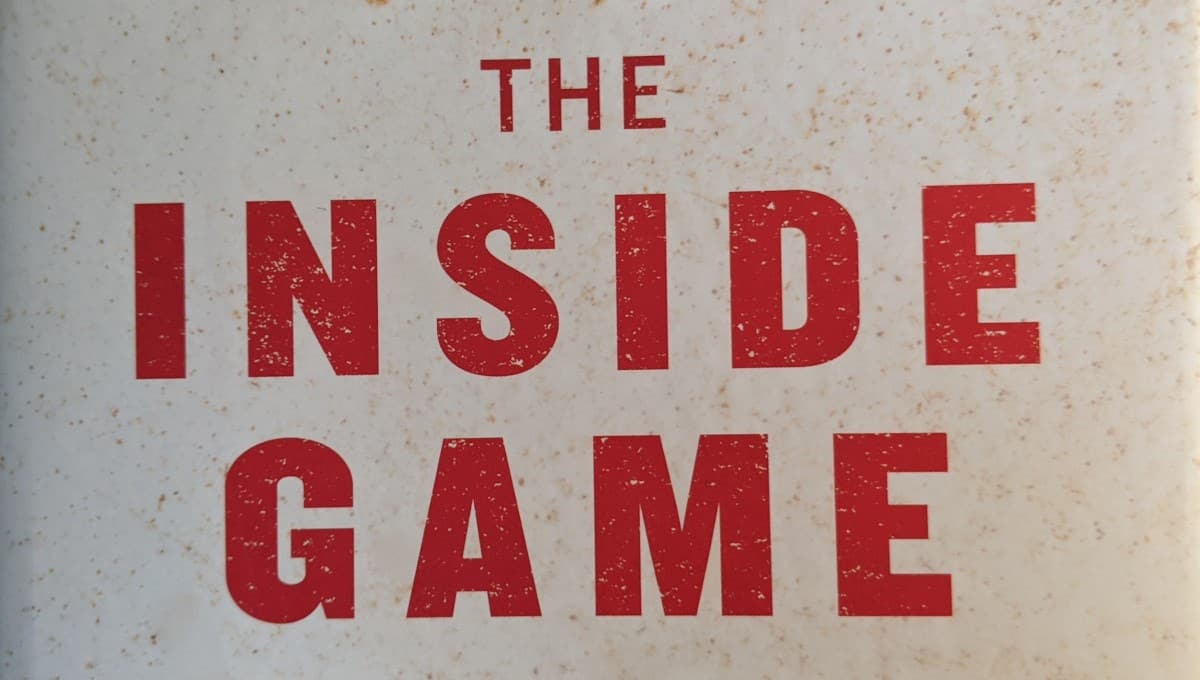Let's wrap up the inaugural edition of the Sox Machine Book Club with the final four chapters of Keith Law's "The Inside Game."
(Bookshop.org link; Sox Machine receives a portion of the proceeds.)
The first nine chapters were divvied up over three posts:
And if you missed it, I discussed parts of the next three sections with Law on the Sox Machine Podcast.
Chapter 10 -- Pete Rose's Lionel Hutz Defense: The Principal-Agent Problem and How Misaligned Incentives Shape Bad Baseball Decisions
Picking up on the previous chapter's theme of moral hazard and how incentives shape actors, here comes the principal-agent problem involving literal agents. In this case, he uses the motivation of Ozzie Albies' laughably low pre-arb contract extension, in which his small-fish agent wanted to lock in the commission from the best contract he could get before a bigger agency stole his client.
It's a bit more specific from moral hazard, because in this case both parties have the same goal, which is a long-term contract extension. It's just that the agent has time-based complications that result in him not getting the best possible extension for his client. Law also uses real estate agent -- who should want to negotiate a lower price for their buyer, but would earn a greater commission if the sale price were higher.
Law also provides an example of a principle-agent problem that doesn't involve an agent of any kind, which is Pete Rose's defense of his gambling patterns. Rose said he didn't bet on his own team to lose when managing the Reds, but the lack of action could still shape the way he'd behave managing games. He might pull out all the stops to salvage a game he had a 40 percent chance of winning because he had money on it, while easing up on a game with a win probability of 60 percent because he wanted to rest his players for more personally vital situations. He and the Reds technically wanted to win both games, but Rose would've been incentivized differently depending on whether he had a personal, private reward for doing so.
Chapter 11 -- Throwing Good Money After Bad: The Sunk Cost Fallacy and Why Teams Don't "Eat" Money
The sunk cost fallacy is well known to any baseball fan who has watched a team run out an expensive player well after his productive days are behind him. There's no economic justification for playing a more expensive player when a rookie offers more upside, but whether the team doesn't want to admit it made a mistake or appear wasteful, it keeps devoting resources to a player who won't make good use of them.
Chapter 12 -- The Happy Fun Ball: Optimism Bias and the Problem of Seeing What We Want to See
Law writes that optimism biases "are a class of smaller, related cognitive errors that all resolve to us thinking what we want to think." He points to overconfidence bias and the planning fallacy, both of which don't devote enough consideration of the way forecasts can go wrong.
At this particular juncture, Law uses the out-of-whack offensive numbers that resulted from the juiced baseball, and how that runs the risk of leading teams to think the 10-homer guy who hit 23 homers is a 23-homer guy in perpetuity.
Chapter 13 -- Good Decisions™: Baseball Executives Talk About Their Thought Processes Behind Smart Trades and Signings
After spending the first dozen chapters of the book pointing at all the ways teams struggle to make good decisions, Law ends on a more charitable note by showing how teams can navigate such heuristic minefields and come out ahead.
Or at least he does with Jose Bautista, whose swing change resulted in a season that didn't resemble the rest of his track record as he approached free agency. The Blue Jays signed him to a five-year deal, giving it all the markings of a recency-driven deal. Then-Toronto GM Alex Anthopoulos paints the decision as a much more tortured process, involving weighing the contact quality data and open market value. Ultimately, keeping Bautista looked like the best road, even if the price wasn't one he was excited about. It worked out.
The heuristics in play aren't spelled out as clearly when talking about the Tigers signing Magglio Ordonez in 2005, the Red Sox trading away Nomar Garciaparra and drafting Dustin Pedroia in 2004, or the Cardinals declining to sign Albert Pujols after the 2011 season. There's groupthink, base-rate neglect, status quo bias and so forth in play, but the decreasing references force readers to figure out the specifics for themselves.






